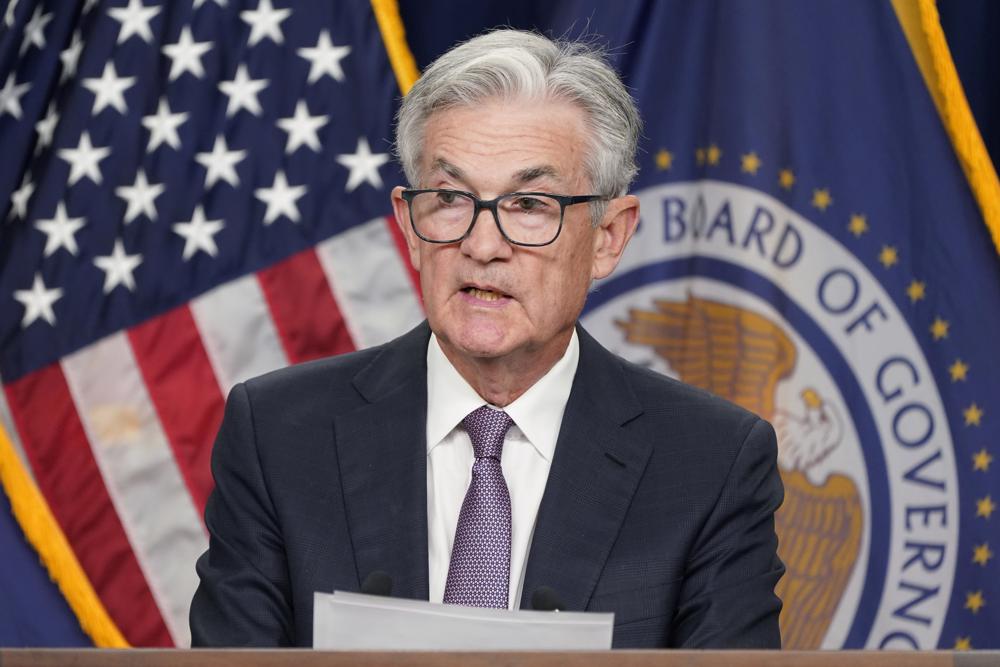The Federal Reserve pumped up its benchmark interest rate Wednesday by three-quarters of a point for a fourth straight time but hinted that it could soon reduce the size of its rate hikes.
The Fed’s move raised its key short-term rate to a range of 3.75% to 4%, its highest level in 15 years. It was the central bank’s sixth rate hike this year — a streak that has made mortgages and other consumer and business loans increasingly expensive and heightened the risk of a recession.
But in a statement after its latest policy meeting, the Fed suggested that it might soon shift to a more deliberate pace of rate increases. It said that in coming months it would consider the cumulative impact of its large rate hikes on the economy. It noted that its rate hikes take time to fully affect growth and inflation.
Those words indicated that the Fed’s policymakers may think borrowing costs are getting high enough to possibly slow the economy and reduce inflation. If so, that would suggest that they may not need to raise rates as quickly as they have been doing. The Fed’s signal that it might soon decide to slow its hikes sent stock and bond prices higher and reduced Treasury yields.
For now, the persistence of inflated prices and higher borrowing costs is pressuring American households and has undercut the ability of Democrats to campaign on the health of the job market as they try to keep control of Congress. Republican candidates have hammered Democrats on the punishing impact of inflation in the run-up to the midterm elections that will end Tuesday.
Speaking at a news conference, Chair Jerome Powell avoided sending any clear signal of whether the Fed’s next expected rate hike in December might be only a half-point rather than three-quarters.
Typically, the Fed raises rates in quarter-point increments. But after having miscalculated in downplaying inflation last year as likely transitory, Powell has led the Fed to raise rates aggressively to try to slow borrowing and spending and ease price pressures.
Wednesday’s rate increase coincided with growing concerns that the Fed may tighten credit so much as to derail the economy. The government has reported that the economy grew last quarter, and employers are still hiring at a solid pace. But the housing market has cratered, and consumers are barely increasing their spending.
The average rate on a 30-year fixed mortgage, just 3.14% a year ago, surpassed 7% last week, mortgage buyer Freddie Mac reported. Sales of existing homes have dropped for eight straight months.
Blerina Uruci, an economist at T. Rowe Price, suggested that falling home sales are “the canary in the coal mine” that demonstrate that the Fed’s rate hikes are weakening a highly interest-rate sensitive sector like housing. Uruci noted, though, that the Fed’s hikes haven’t yet meaningfully slowed much of the rest of the economy, particularly the job market or consumer demand.
“So long as those two components remain strong,” she said, the Fed’s policymakers “cannot count on inflation coming down” close to their 2% target within the next two years.
(AP)











